Did you know that the moon is a dead planet? Are you familiar with the concept of a planet's death? For instance, when we talk about Earth, it is a planet with an atmosphere, constantly dynamic, with a magnetic field that protects it from solar wind. It has volcanic and seismic activity, and its continental plates are continuously shifting, albeit very slightly at every moment. The temperature at its core exceeds 6000 degrees Celsius, which is capable of melting any metal.
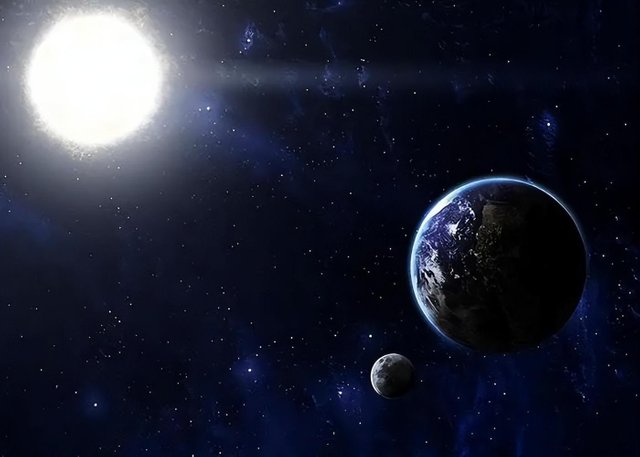
And the moon? There is only silence there. For over 200 million years, the moon has been in this state. Scientists have painted a picture: the moon was born from the Earth, but this child is now dead. What we see is sunlight reflecting off the moon's dead body.
How did scientists find out that the moon is dead? When was the moon born?
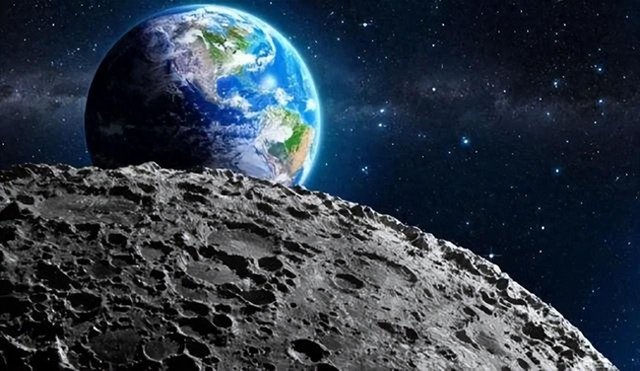
There are several theories regarding the origin of the moon within the scientific community, the most widely accepted of which is the "Giant Impact Hypothesis." Around 4.5 billion years ago, when the solar system was still forming, a Mars-sized planet collided with the early Earth in a massive impact. This collision not only altered the Earth's rotational speed but also scattered many fragments of debris into space. These fragments, drawn together by Earth's gravity, eventually coalesced to form the moon.
This theory has garnered substantial support from many scientists because it explains several similarities between Earth and the moon, such as the composition of the crust and mantle. The lunar soil samples brought back by the United States, China, and Russia (formerly the Soviet Union) have perfectly corroborated this theory, with their composition being similar to that of Earth. The special "Chang'e Stone" found on the moon by China is simply a variation of minerals, with its basic components being silicon, aluminum, and iron.
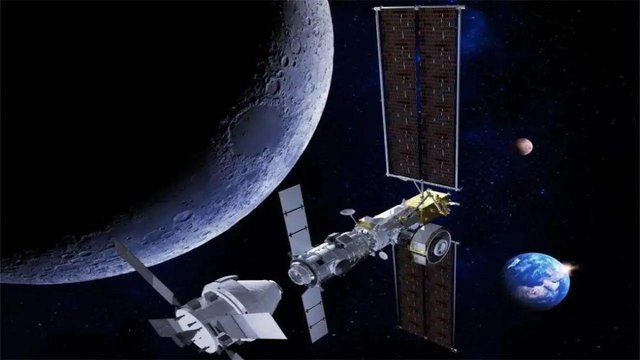
যদিও পৃথিবী উৎপত্তির পরে ধরা হয়, তবে আরেকটি তত্ত্ব “ধরনের তত্ত্ব” কিছুটা যুক্তিসঙ্গত বলে মনে হয়। এই তত্ত্বটি বলে যে চাঁদ সম্ভবত একটি ছোট গ্রহাণু ছিল যা পৃথিবীর কক্ষপথের নিকটবর্তী ছিল, পরে পৃথিবী দ্বারা গ্রাস করা হয়েছিল এবং সেটি উপগ্রহে পরিণত হয়েছে। এই ঘটনাটি পৃথিবী গঠনের পরে ঘটেছিল।
প্রাথমিক চাঁদে পরিবেশ অত্যন্ত বিশেষ ছিল, যা বর্তমানে ভিন্ন। চাঁদ যখন সদ্য জন্ম নিয়েছিল, তখন এর পৃষ্ঠে মহাসাগর ছিল, যা জল দ্বারা নয়, বরং গলিত শিলা দ্বারা গঠিত ছিল। তীব্র সংঘর্ষের ফলে উৎপন্ন তাপ চাঁদে দীর্ঘকাল ধরে বজায় ছিল, যা পৃষ্ঠে গলিত শিলা মহাসাগর তৈরি করেছিল।
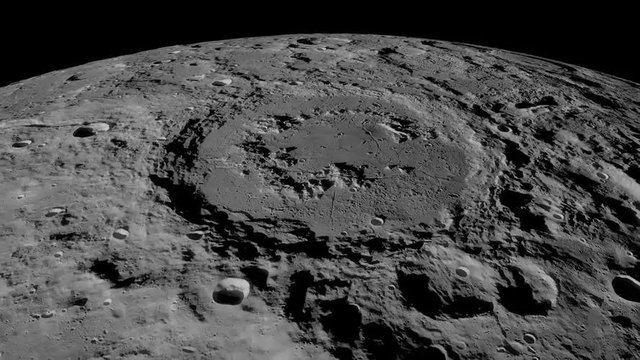
সেসময় চাঁদের একটি বায়ুমণ্ডলও ছিল, যা ধাতব ধূলিকণার এবং সিলিকেটের উপাদানের দ্বারা গঠিত ছিল এবং এটি অত্যন্ত গরম ছিল। এই বায়ুমণ্ডলের জীবনকাল খুব কম ছিল, বিজ্ঞানীরা অনুমান করেন যে এটি প্রায় 1000 বছর ধরে বজায় ছিল। চাঁদ ধীরে ধীরে পৃথিবী থেকে দূরে চলে যাওয়ার সাথে সাথে, পৃষ্ঠের তাপমাত্রা কমে যায়, এবং গলিত রক্তিম মহাসাগর জমাট বাঁধে, প্রাথমিক বায়ুমণ্ডল ধীরে ধীরে পাতলা হয়ে যায়, এবং তারপর চাঁদ আর কখনও বায়ুমণ্ডল ফিরে পায়নি।
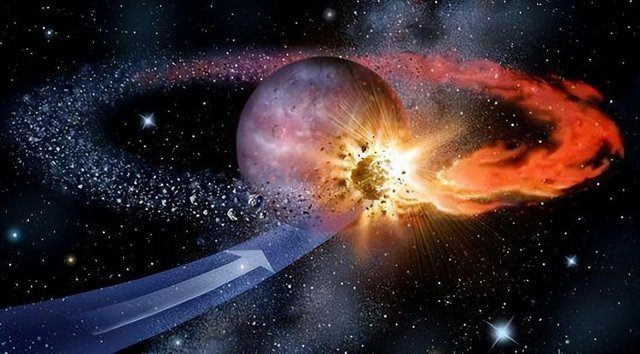
বায়ুমণ্ডল না থাকায়, চাঁদের পৃষ্ঠে কিছু জায়গা কাঁচের দানা মতো মসৃণ হয়ে যায়, পরবর্তীতে উল্কাপিণ্ডের আঘাতে গর্তে পরিণত হয়। বিপুল সংখ্যক পৃষ্ঠের শিলা আঘাতে গুঁড়ো হয়ে যায়, যা সিমেন্টের মতো মসৃণ।
চাঁদ ঠাণ্ডা হতে থাকে এবং বিজ্ঞানীরা বিভিন্ন পদ্ধতি দ্বারা গবেষণা করেছেন, এটি প্রায় 20 কোটি বছর আগে সম্পূর্ণভাবে তার কার্যকারিতা হারিয়েছে। এখন চাঁদের যে সামান্য তাপ রয়েছে তা সূর্য এবং পৃথিবী থেকে এসেছে; দিনে চাঁদের পৃষ্ঠের তাপমাত্রা 127 ডিগ্রি সেলসিয়াস, এবং রাতের ঠাণ্ডা স্থানে তা মাইনাস 180 ডিগ্রি সেলসিয়াসেরও কম।
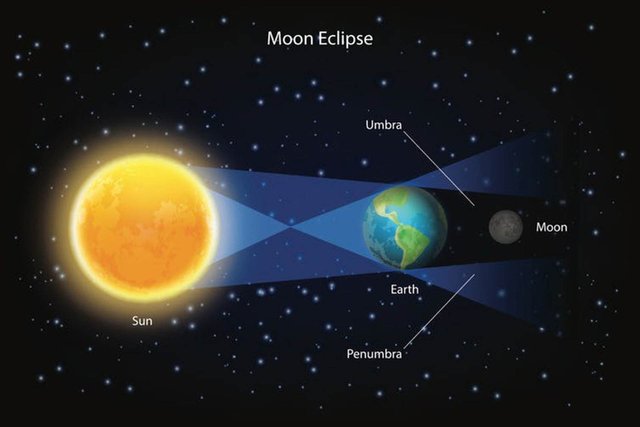
Despite being a dead satellite, why is humanity continually trying to reach the moon?
Currently, countries like China, the United States, Russia, India, and South Korea have plans for lunar missions, with China and the United States being the most promising. China has plans to send humans to the moon by 2030 and is also collaborating with Russia to build a scientific station at the moon's south pole. Earlier this year, some Chinese scientists began creating bricks using simulated lunar soil.
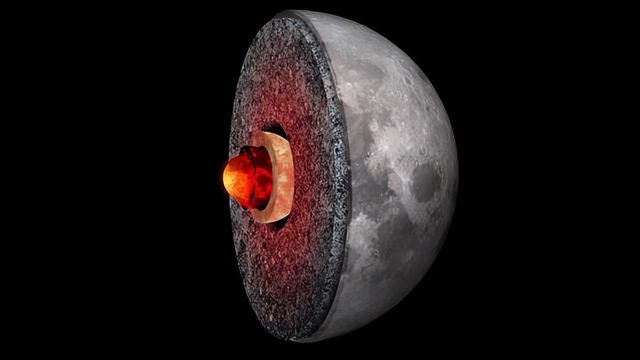
The moon is extremely important for humanity; you can think of it as a port, a permanent station for future interplanetary ships. Since there is no atmosphere and the moon's gravitational pull is weaker, it will be easier for interplanetary ships to launch from there, offering advantages in accelerating and without the concern of the ship's surface heating up rapidly. Therefore, whoever establishes a permanent presence on the moon first will control the only port from Earth that leads to the vast ocean of the universe.
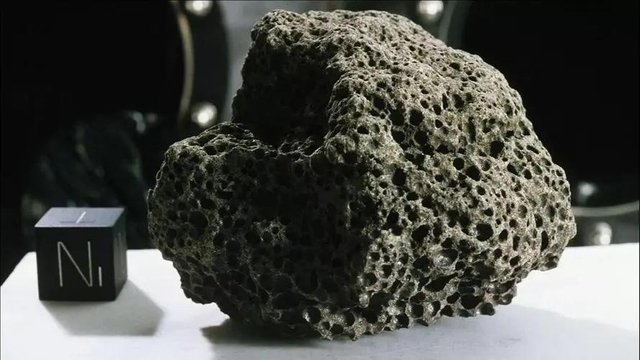
As for resources, the moon likely holds helium-3, which could serve as an ideal energy source for nuclear power plants. When split, it produces no waste and is completely non-acidic. There are approximately 100 tons of helium-3 on the moon, which, based on humanity's current energy consumption, would be enough to last for 10,000 years. During a time of technological explosion, 10,000 years’ worth of helium-3 would be sufficient for building spacecraft powered by nuclear fusion with 15% of the speed of light, as described in the novel The Three-Body Problem.
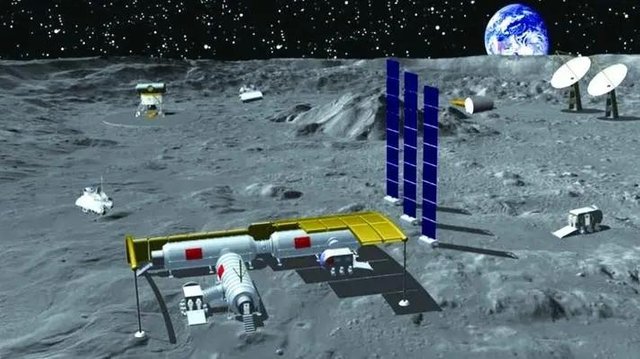
Moreover, the moon’s surface is an ideal location for generating electricity. The temperature is high during the day and cold at night—could this temperature difference between day and night be used to generate electricity? Currently, we have done very little research in this area, but if research stations are established on the moon in the future, experiments could be conducted. At the very least, one thing is certain: if solar panels are placed on the moon’s surface, there would be no interference from dust or the atmosphere, leading to greater efficiency in electricity generation.